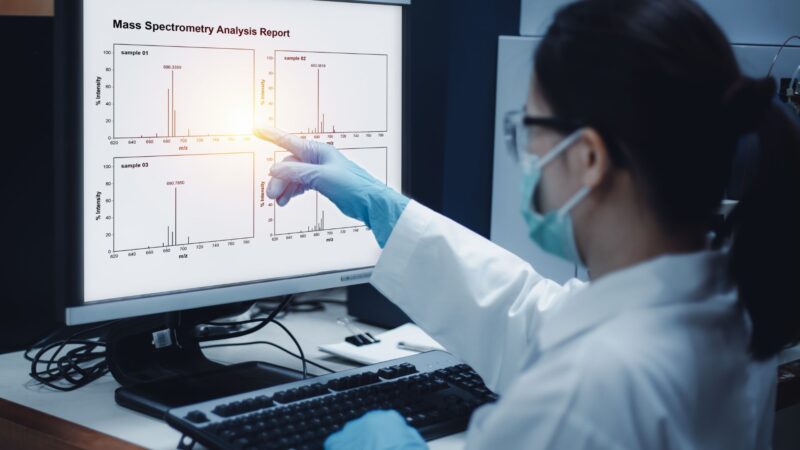How Near-Infrared Spectroscopy is Redefining Real-Time Quality Control in Pharma
Quality control in pharmaceutical manufacturing has traditionally relied on periodic sampling and laboratory-based assays using techniques like HPLC, UV-Vis, and wet chemistry. While accurate, these methods are often slow, destructive, and ill-suited for real-time process control. In contrast, Near-Infrared (NIR) Spectroscopy has emerged as a powerful process analytical technology (PAT) that provides rapid, non-invasive, and multi-attribute analysis without interrupting production.
NIR spectroscopy measures overtones and combinations of molecular vibrations, particularly of C-H, O-H, and N-H bonds, making it well-suited for detecting moisture content, blend uniformity, particle size, and active pharmaceutical ingredient (API) concentration. It can be deployed at-line, online, or inline, offering exceptional versatility across batch and continuous processes.
Why Traditional QC Falls Short in Modern Manufacturing
- Delayed decision-making due to long analytical turnaround times
- Sample degradation and risk of misrepresentation due to handling and environmental exposure
- Inability to monitor every unit or every blend zone in real time
- High operational costs tied to repeated manual testing, documentation, and rework
Advantages of NIR Spectroscopy
- Non-destructive and reagent-free analysis
- Real-time monitoring enables immediate process adjustments
- Enhanced process understanding through multivariate data modeling
- Supports QbD and continuous verification approaches
In a cGMP context, NIR enables pharmaceutical manufacturers to reduce reliance on final product testing by shifting toward real-time release testing (RTRT)—a key component of modern risk-based quality assurance.
Implementing NIR in Regulated Environments Successful deployment of NIR spectroscopy demands a structured implementation approach. The development and validation of robust chemometric models is essential. This includes:
- Collection of representative calibration datasets under controlled conditions
- Preprocessing methods like MSC (Multiplicative Scatter Correction) or SNV (Standard Normal Variate)
- Validation of models against primary reference methods with defined accuracy and linearity criteria
Moreover, regulatory compliance must be maintained throughout the lifecycle of the NIR system. This includes:
- Part 11-compliant software for data acquisition, analysis, and audit trail management
- Risk-based validation documentation (IQ/OQ/PQ)
- Change control for calibration model updates
- Training of analysts and operators on spectral interpretation and system maintenance
Integration with Manufacturing Systems Advanced NIR systems are often integrated with MES, SCADA, or DCS platforms to enable real-time decision-making. Alarms and control actions can be triggered based on spectral deviations, ensuring corrective actions are taken before a deviation impacts product quality.
Some pharmaceutical manufacturers also employ NIR alongside Raman or mid-IR systems to achieve complementary insights and confirmatory analysis within a PAT framework.
Strategic Implications By transitioning from laboratory-based testing to embedded, real-time analytical solutions, NIR spectroscopy helps manufacturers minimize waste, accelerate batch release, and improve overall equipment effectiveness (OEE). It also enables proactive quality control—an essential capability for continuous manufacturing, personalized medicine, and high-throughput operations.
NIR is not simply a tool for QA labs—it is a cornerstone of digital quality strategy in the Pharma 4.0 ecosystem.





